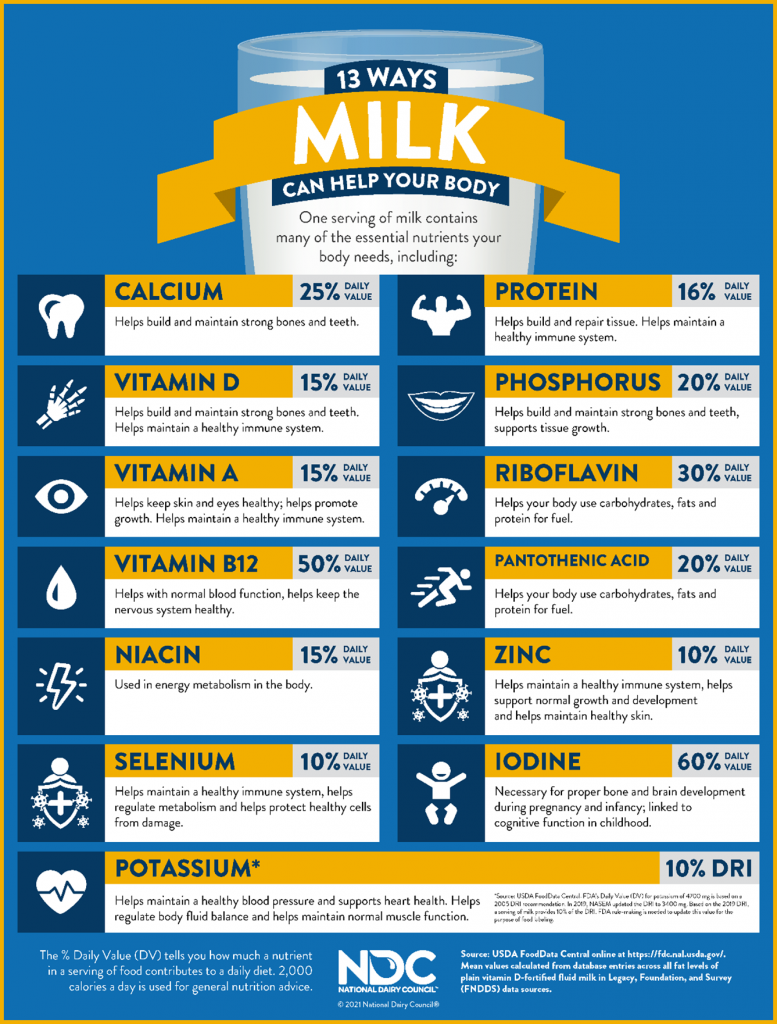The U.S. Department of Agriculture announced yesterday that it will soon implement the $400 million Dairy Donation Program established by Congress in December 2020. The department provided details on program participation to dairy processors and cooperatives to ensure donations of nutritious dairy products continue to make their way to Americans struggling with hunger while USDA finalizes the program.
The National Milk Producers Federation (NMPF) and the International Dairy Foods Association (IDFA) today issued the following statements applauding USDA’s work:
“NMPF worked closely with Congress to enact the Dairy Donation Program (DDP) in the Consolidated Appropriations Act of 2021. This important program will help dairy farmers and the cooperatives they own to continue to do what they do best – feed people. Dairy stakeholders are eager to expand their partnership efforts with food banks and other distributors to provide a variety of nutritious dairy products to food insecure households who have faced uniquely difficult challenges throughout the COVID-19 pandemic, as hunger has risen significantly during the last year. We commend USDA for prioritizing implementation of the DDP and look forward to continue working with the Department, the food bank community and all involved to make the program a success,” said Jim Mulhern, president and CEO, NMPF.
“IDFA applauds USDA for advancing the Dairy Donation Program (DDP), which will facilitate the donation of fresh, nutritious dairy products to nonprofit organizations helping Americans currently struggling with hunger and nutrition issues. The U.S. dairy industry stepped up throughout the pandemic to partner with and aid non-profits, charities, and other organizations working to combat our nation’s hunger issues that were exacerbated by the coronavirus pandemic. This new program will help ensure persons in need continue to receive assistance and the unique combination of essential nutrients that only dairy products can provide. IDFA appreciates the department’s work to ensure dairy donations continue during this crucial time of need in our country. We will continue to work with the department to ensure the program works efficiently for dairy processors and cooperatives and the nonprofit organizations serving our nation’s food insecure families,” said Michael Dykes, D.V.M., president and CEO, IDFA.






